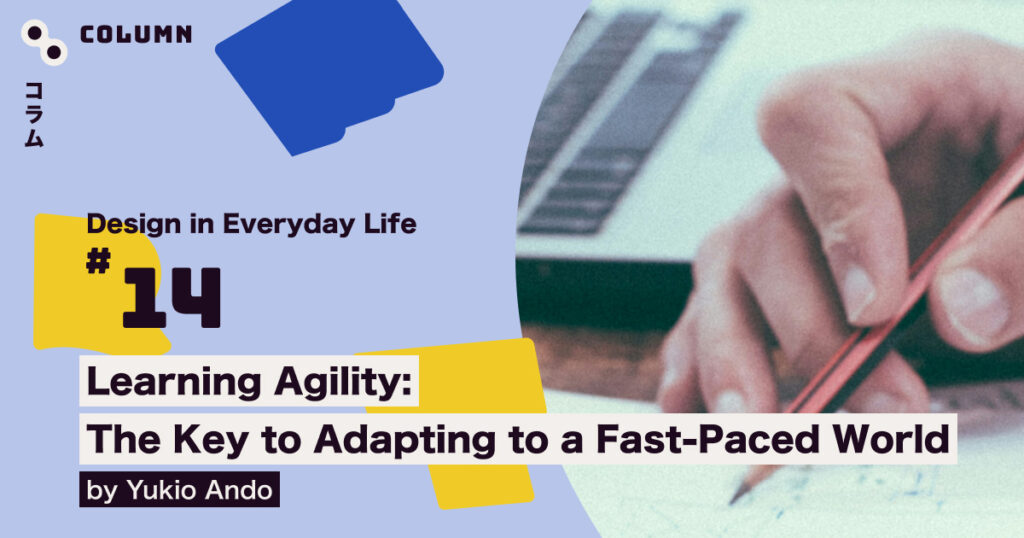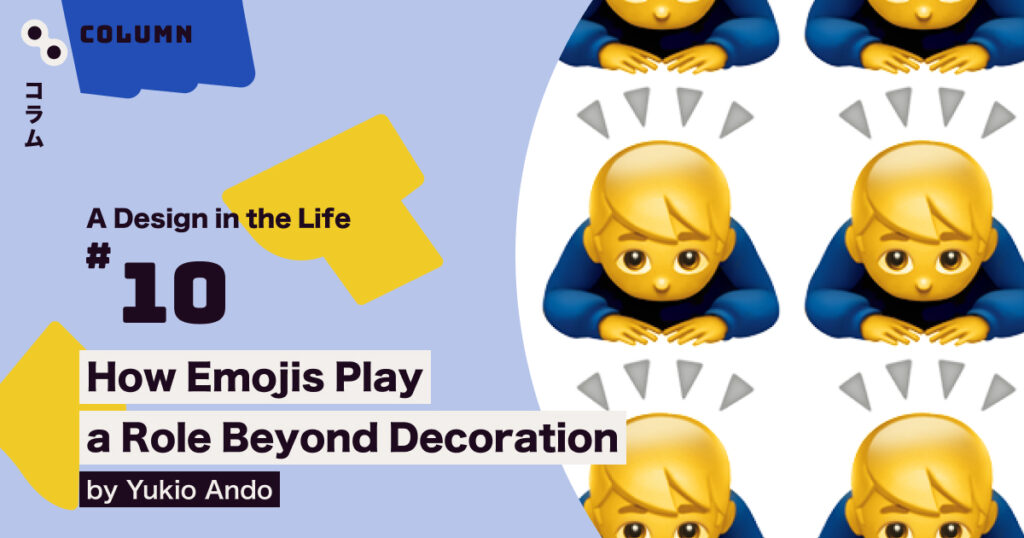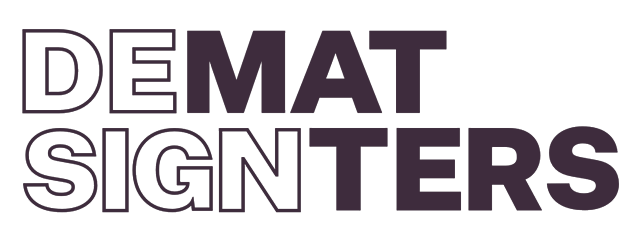Learning Agility: The Key to Adapting to a Fast-Paced World

Time Required to Develop Proficiency
Trinity, the cool and composed partner of Neo (played by Keanu Reeves), stands out in the 1999 film The Matrix with her commanding presence. In one scene, she needs to fly a large military helicopter, the Bell 212, after the pilot disappears. To do this, she uploads piloting skills directly into her brain in just a few seconds. Rather than downloading a PDF manual, she acquires the actual ability to fly. Despite having no prior experience, she immediately takes full control of the helicopter.

In Japan, obtaining a commercial helicopter pilot license requires at least 150 hours of flight experience. While watching the movie, I was so absorbed in the storyline that I didn’t really think about it at the time.
But later, I couldn’t help thinking how amazing it would be if we could install all kinds of skills into our brains in just a few seconds!
Of course, we’re not quite at the point where we can master helicopter piloting in seconds like in The Matrix, but in today’s world, where technology is constantly evolving, the ability to “learn quickly,” known as learning agility, is gaining more attention.
On the other hand, there’s a long-held belief in the “10,000-Hour Rule” as a path to mastery. This theory was proposed by Dr. K. Anders Ericsson of Florida State University, and it suggests that achieving professional-level skill in any field requires roughly 10,000 hours of practice or study. It seems to hold true for skills like playing an instrument or learning a language- fields where consistent practice is key, though the exact time needed may vary by individual. To put it in perspective, 10,000 hours means practicing for 25 years at one hour a day or 13 years at two hours a day, which is an enormous amount of time.
In contrast, there’s also a theory that it only takes 20 hours to reach a decent level in just about any field. This “20-Hour Rule” was proposed by author and entrepreneur Josh Kaufman in his book The First 20 Hours: How to Learn Anything… Fast. According to Kaufman, with a focused and structured approach, it takes about 20 hours to acquire a new skill to a “usable” level. Compared to 10,000 hours, this sounds almost unbelievably short, but perhaps what most people are aiming for isn’t professional mastery-it’s being “good enough” to use the skill effectively.

What is Fast Learning?
In today’s world, there are countless opportunities to learn. As technology continues to advance and new tools and platforms emerge, learning agility, the ability to learn quickly and adapt, is becoming increasingly important. Learning agility isn’t just about learning fast; it also includes learning efficiently and being able to apply what you’ve learned in real-world situations.
For example, when a new design tool is released, the traditional approach might have involved buying specialized books, attending training seminars, and gaining hands-on experience through workshops. This process required a long learning period. However, it has become common to pick up the basics by watching a short YouTube tutorial, asking questions in an online community, and immediately trying things out on the job.
The rise of video platforms like YouTube has further accelerated fast learning. Specialized knowledge that once required expensive classes or books is now often available for free and in a visual, easy-to-understand format. And it’s not just limited to design; nearly every skill imaginable can now be learned on YouTube.
What’s even more important is that this kind of content is available exactly when you need it.
Because you can absorb just the right amount of information at the moment it’s needed, learning becomes far more efficient. You don’t need to master every function of a tool, just the ones relevant to your current task.
In the past, learning was based on a “Just In Case” model, with the idea of studying in advance in case the knowledge might be useful someday. Now, it’s shifting to a “Just In Time” model, learning what you need, when you need it. This shift lies at the heart of what learning agility is all about.
The Similarities Between Learning Agility and Language Acquisition
Language learning is a field where the concept of learning agility can be applied. Linguist Chris Lonsdale proposed an innovative methodology that claims it is possible to learn any language in the world within six months. This learning method overturns many traditional assumptions about language learning and includes the following key points:
- Natural ability doesn’t matter
- Being naturally gifted at learning languages isn’t key, but rather the right methodology and consistent practice.
- You don’t need to be immersed in the foreign language
- The traditional idea of “surrounding yourself with the language environment” is not necessarily required. What matters is quality learning time.
- Learn through things relevant to your interests
- Studying language through topics related to your interests or professional field helps you stay motivated and acquire vocabulary efficiently.
- Use the language as a means of communication
- Using the language for real communication early on dramatically increases learning effectiveness.
- Understand without thinking
- With enough practice, you can understand grammar and vocabulary without consciously thinking about them.
Lonsdale’s methodology reframes language learning not as “brain training” but as “body training.” Rather than thinking through it intellectually, repeated practice creates neural pathways in the brain so that your body and brain naturally move and respond in the language.
What does Learning Agility mean for Designers and UX Designers?
Evolving Design Tools
The pace of innovation in design tools is accelerating each day. New features in Adobe software, the rise of cutting-edge platforms like Figma, and the appearance of AI-powered tools for designers are all reshaping workflows. To master new tools efficiently in this environment, it’s essential to understand fundamental design principles such as balance, contrast, and typography, and to develop flexibility that isn’t dependent on any specific software. This adaptability enables designers to apply their skills effectively no matter what tools they use.
Cross-Disciplinary Learning
Some designers focus deeply on their specialization, while others broaden their knowledge by exploring adjacent fields. UX research, coding, data analysis, and business strategy are all valuable areas for designers to dip their feet in. Having a basic understanding of HTML/CSS or marketing can help facilitate smooth collaboration with developers and business teams. There’s no need to master everything; as Josh Kaufman’s 20-hour rule suggests, gaining familiarity with the common language and terminology of related fields can significantly expand one’s professional impact.
Feedback and Repetition Are Key to Learning
Rapid and repeated feedback is essential for improving skills. Instead of waiting to achieve perfection before sharing their work, designers should actively seek input from communities, supervisors, colleagues, juniors, and acquaintances to iterate and improve. Seeing feedback not as criticism but as a learning opportunity, and continuously practicing and refining, helps accelerate growth.
User-Centered Learning
There’s a saying: “Learners can learn from anything.” For designers, especially UX designers, maintaining a mindset of continuous learning from users is essential. No matter how experienced they are, UX designers can never go back to being beginners. Users’ behaviors, needs, emotions, and motivations are always changing, and being able to keenly observe and incorporate these shifts into design is crucial. UX designers with high learning agility don’t cling to old knowledge or patterns; instead, they stay open to revising their thinking based on new insights. This mindset isn’t just about skills or intuition. It’s grounded in humility and curiosity.
Learning in an Era of Rapid Change

My 8-year-old daughter is currently practicing a somewhat challenging piano piece. She gets frustrated because she can’t play it perfectly just by looking at the sheet music and often complains about it. But after reluctantly practicing for a while, she manages to play even the difficult parts smoothly and feels proud of herself. When I was about her age, I spent several years practicing what’s called “sight-reading,” so I know some tricks. For relatively simple pieces, I can play them right away just by seeing or hearing the music once.
My daughter finds this odd, but I think to myself, “This is the difference between 20 hours of learning and 10,000 hours of learning.” At the same time, I want her not only to learn quickly but also to develop grit, the perseverance to keep going, so she can thrive in today’s world. What you learn today becomes the foundation for tomorrow, and the challenges you overcome become the wisdom you carry forward. This kind of learning, which goes beyond speed alone, might be what true learning means in our fast-changing world.
*Grit refers to the ability to persevere and is an acronym: Guts, Resilience, Initiative, and Tenacity. It means having the strength to stick with something until the end.
In “A Design in the Life / 日常にあるデザイン,” we take a closer look at design by exploring how it shapes both our daily lives and digital experiences. If you have any themes you would like us to cover or requests, please feel free to contact the editorial team.








